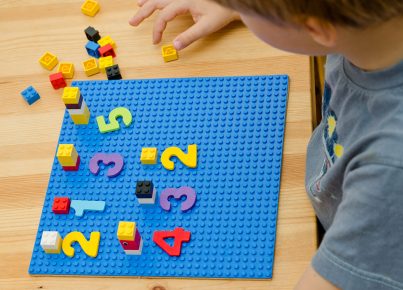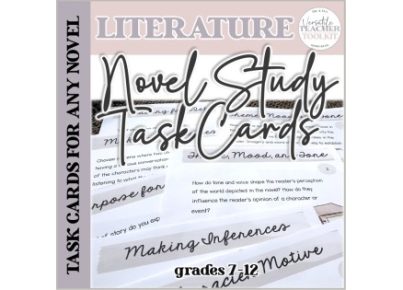Introduction:
Efficient and engaging staff meetings are crucial for fostering collaboration and promoting literacy in educational institutions. One of the best ways to achieve this is by using ready-made resources that can be easily printed and distributed. In this article, we will explore Print & Go! Staff Meeting Resources to enhance literacy-focused discussions among educators, helping them gain new insights and develop practical strategies.
Why Use Print & Go! Resources in Staff Meetings?
1. Time-saving: Preparing materials for staff meetings can be time-consuming. Print & Go! resources help you save valuable time by providing relevant discussion topics and activities, allowing you to focus more on the meeting itself.
2. Encourages Collaboration: These resources not only provide content but also serve as a catalyst for educators to share their thoughts, ideas, and experiences related to literacy. This collaborative approach promotes problem-solving, cross-department communication, and innovation.
3. Ensures Consistency: By using standardized Print & Go! resources, you ensure consistency in your approach towards discussing and implementing literacy strategies across different departments within your institution.
Types of Print & Go! Resources for Literacy-Focused Staff Meetings
1. Discussion Guides: These guides provide targeted questions related to specific literacy topics and promote meaningful conversations among educators. For example, guides may contain questions focusing on comprehension strategies, assessment methods, or digital literacy.
2. Activity Sheets: Hands-on activities enable educators to experience classroom-tested strategies first-hand, which they can then adapt for their own classrooms. For instance, activity sheets may include games or tasks reinforcing phonics skills, critical thinking exercises or scaffolded writing prompts.
3. Professional Development Articles: Reading timely articles related to recent research or best practices in literacy instruction helps educators stay informed while sparking conversations about how such ideas can be applied in their own environments.
4. Lesson Plans or Curriculum Maps: Sharing sample lesson plans or curriculum maps that incorporate effective literacy strategies can give staff members practical examples to draw from when planning their instructions.
How to Effectively Utilize Print & Go! Resources
1. Set Clear Goals: Determine the goals and objectives for the meeting prior to selecting the most suitable Print & Go! resources. This helps ensure that the focus remains on literacy topics relevant to your institution’s needs.
2. Create a Comfortable Atmosphere: Encourage open communication and active participation by setting up an informal and comfortable meeting space to foster in-depth discussion among staff members.
3. Use a Facilitator: Designate a meeting facilitator – preferably someone who is not involved in administrative duties – to guide conversations, encourage participation, and keep the discussion on track.
4. Scaffold the Discussion: Use Print & Go! resources as a starting point, building upon them through discussion and collaborative problem-solving. This ensures that ideas are grounded in evidence-based practices while also being tailored to your institution’s specific needs.
Conclusion:
Print & Go! Staff Meeting Resources are an effective way to promote and support literacy in any educational setting. By saving time, encouraging collaboration, and ensuring consistency, these resources enable educators to engage in critical thinking and problem-solving related to literacy instruction. By actively employing these resources in your staff meetings, you help set the stage for an empowered learning environment where students can thrive.





